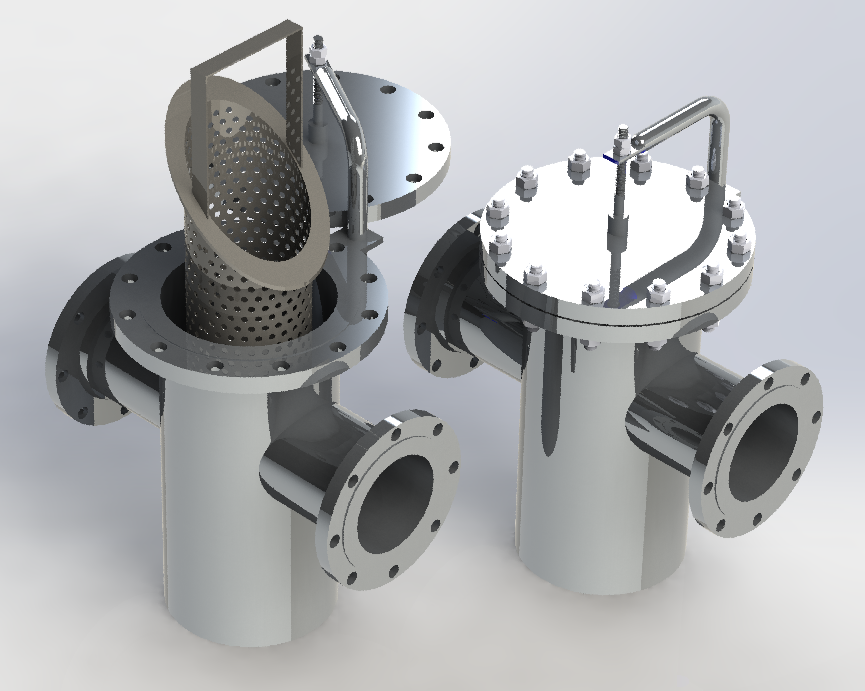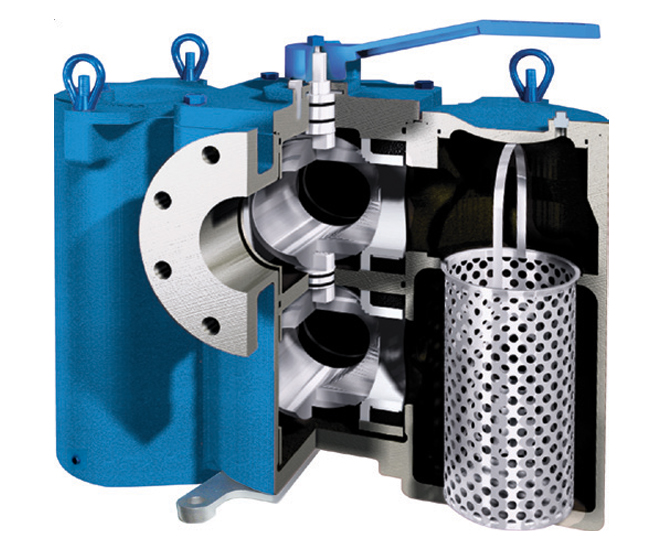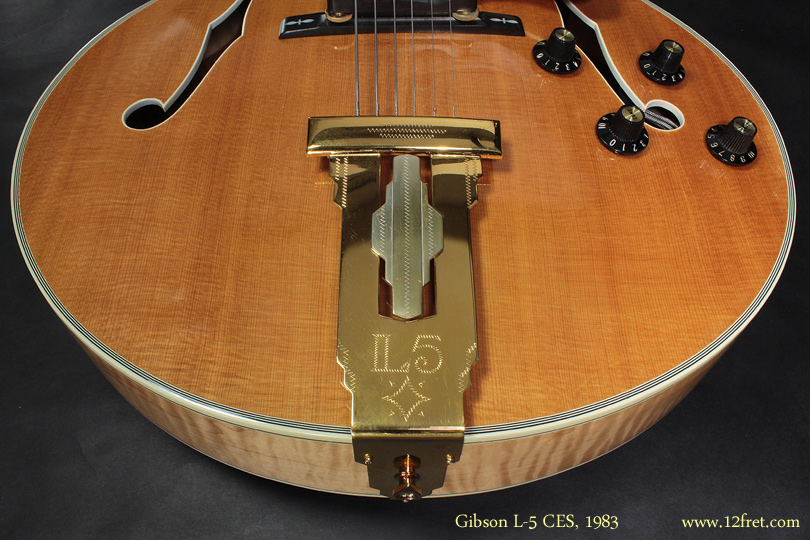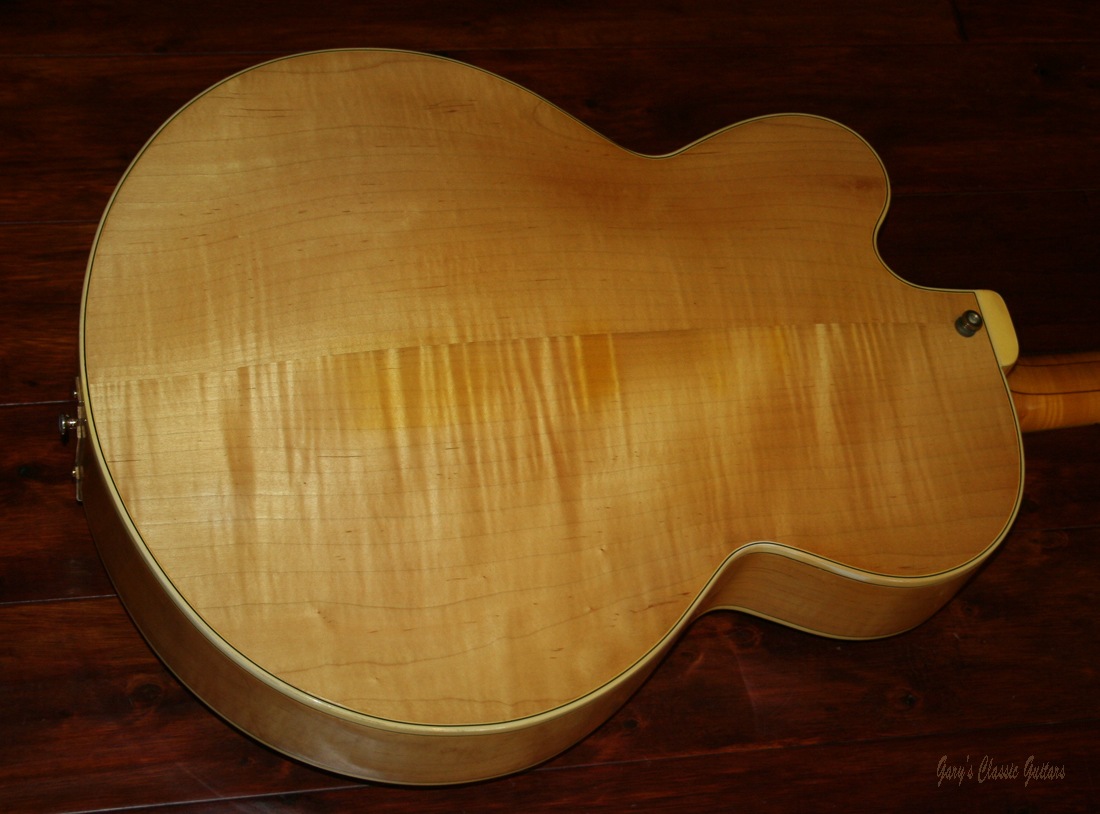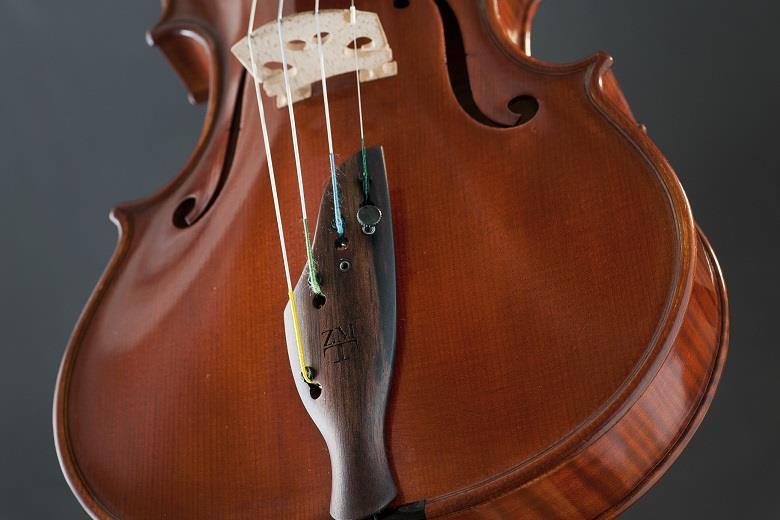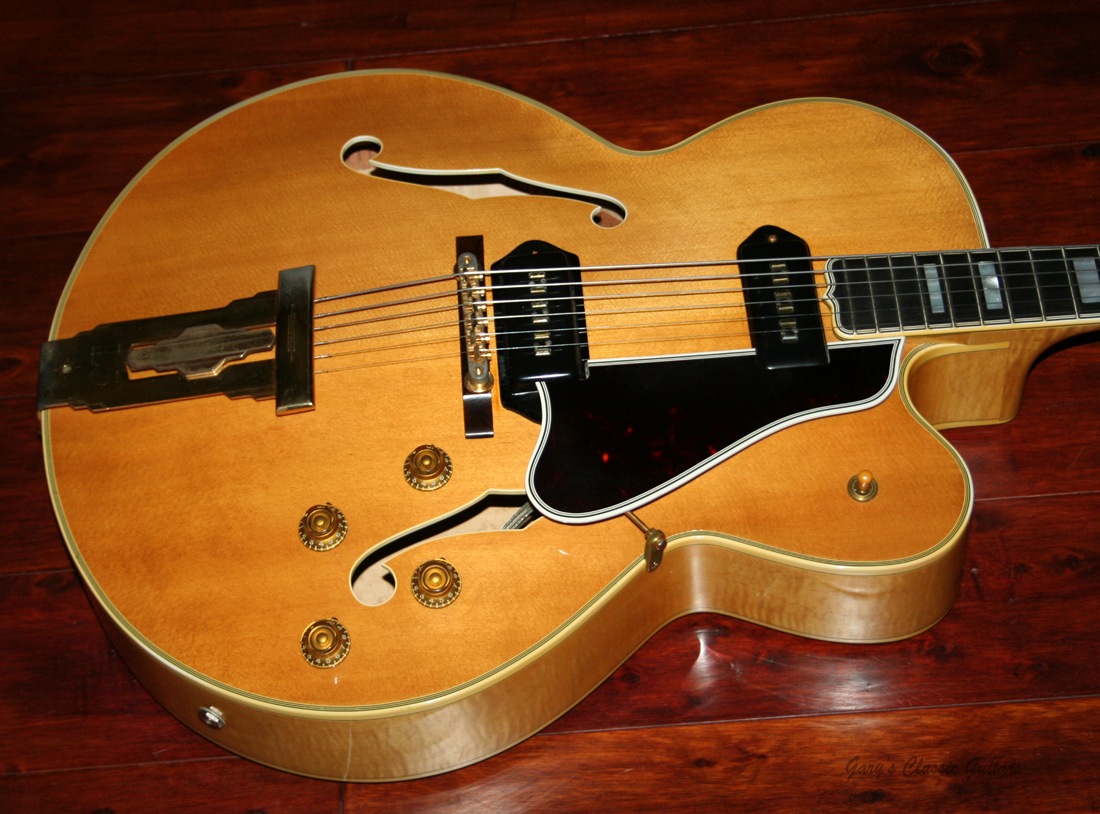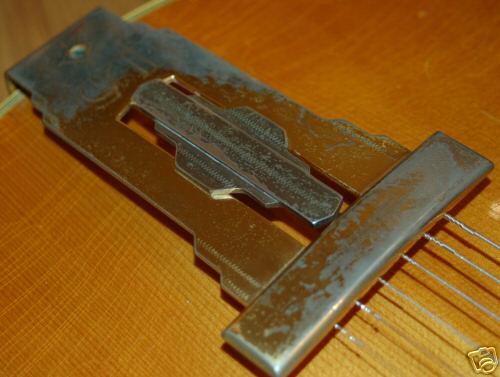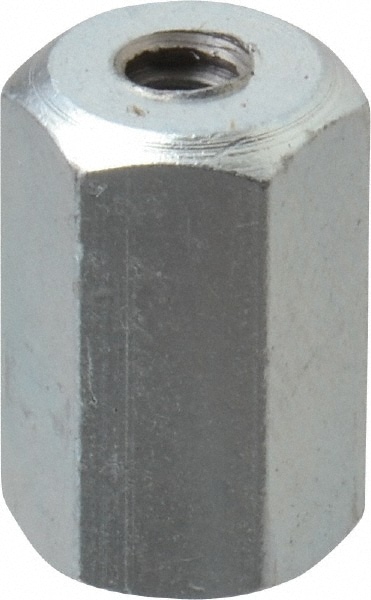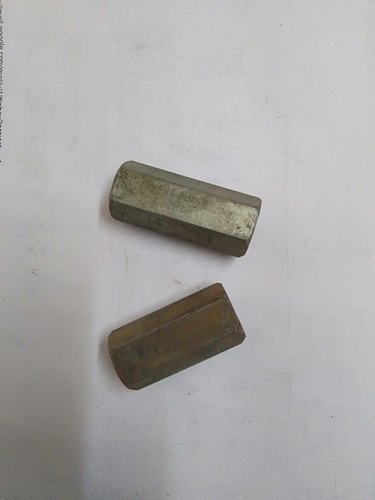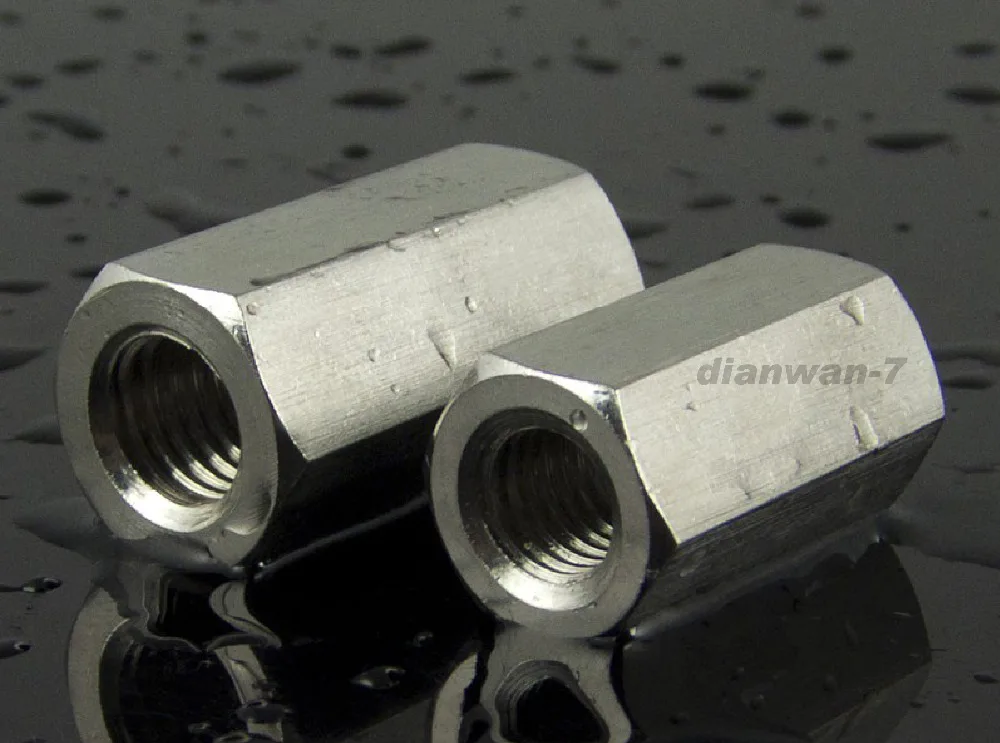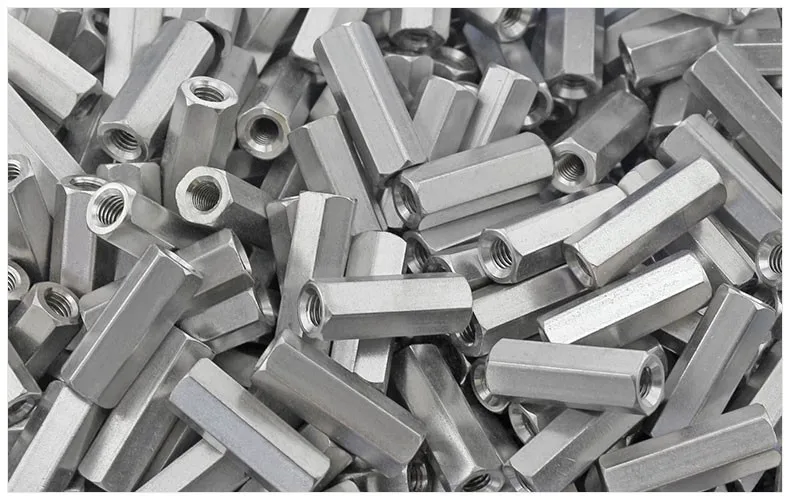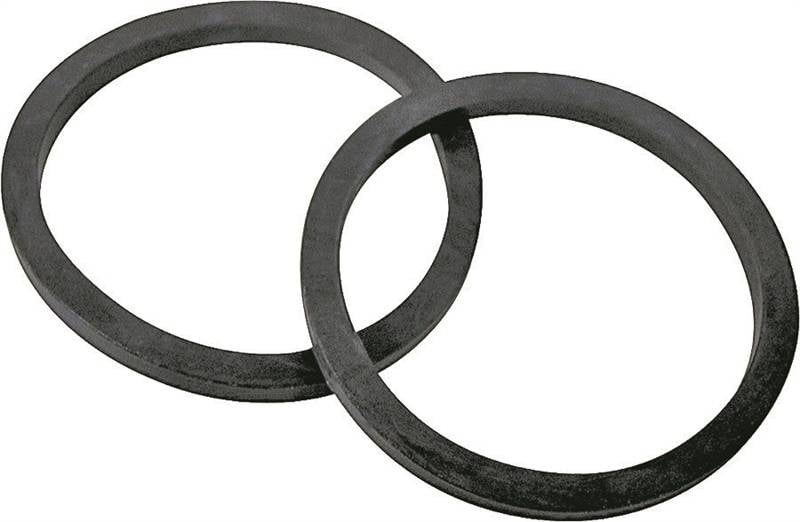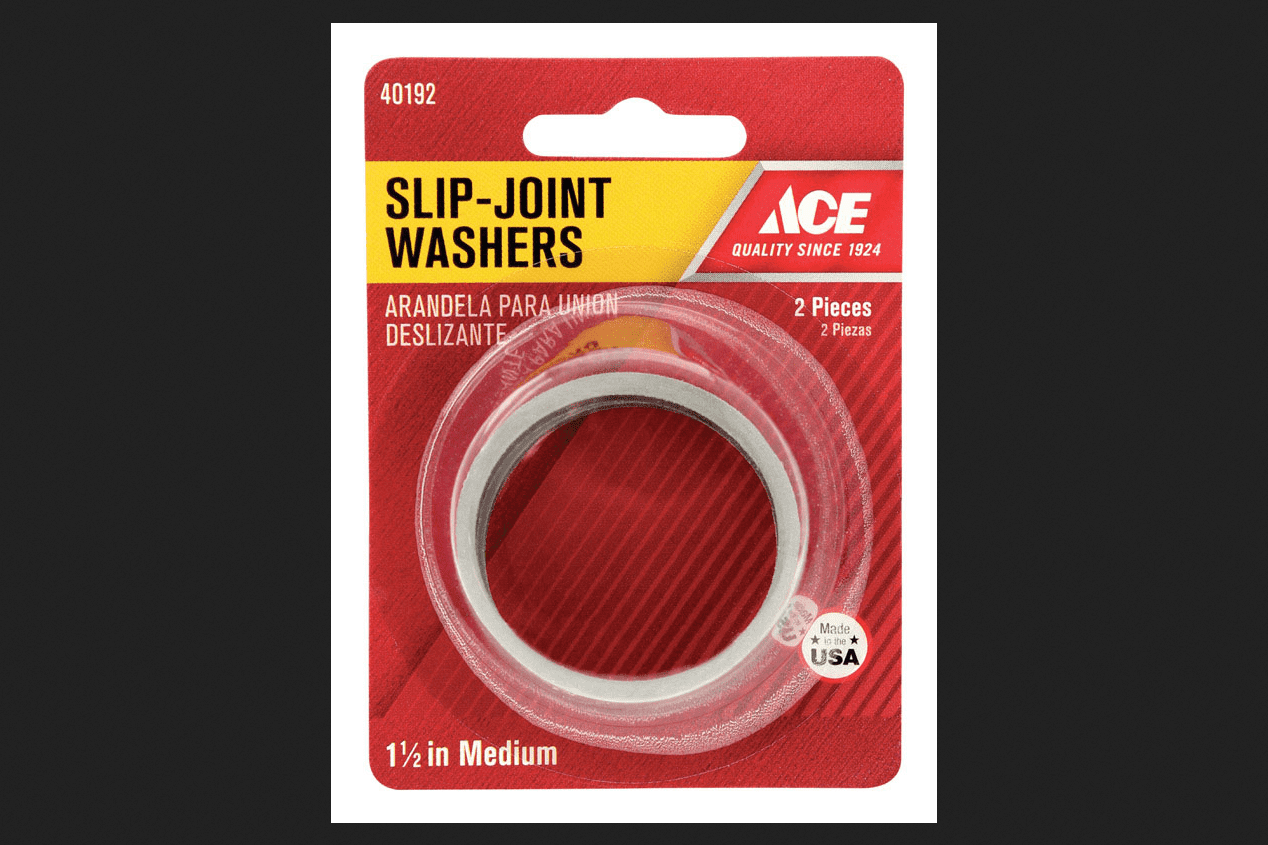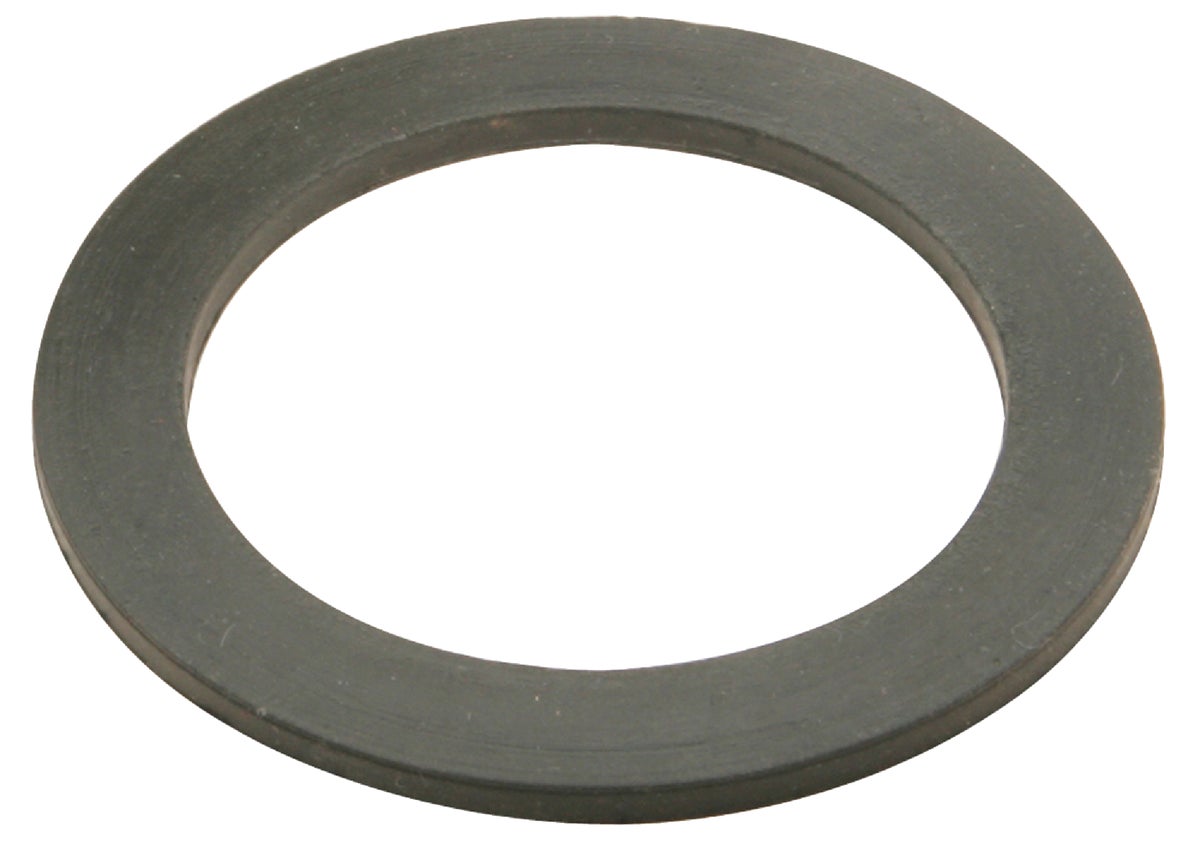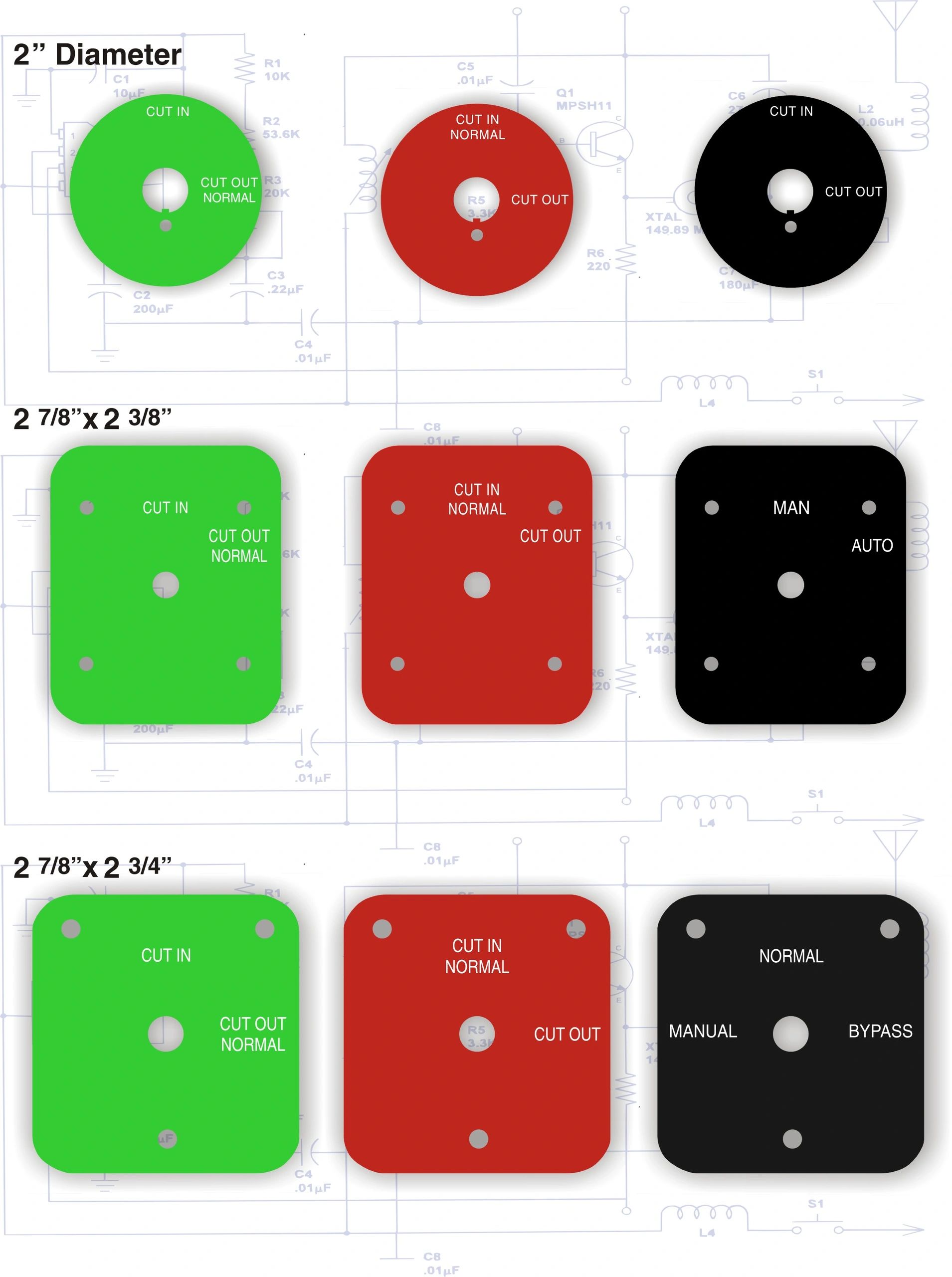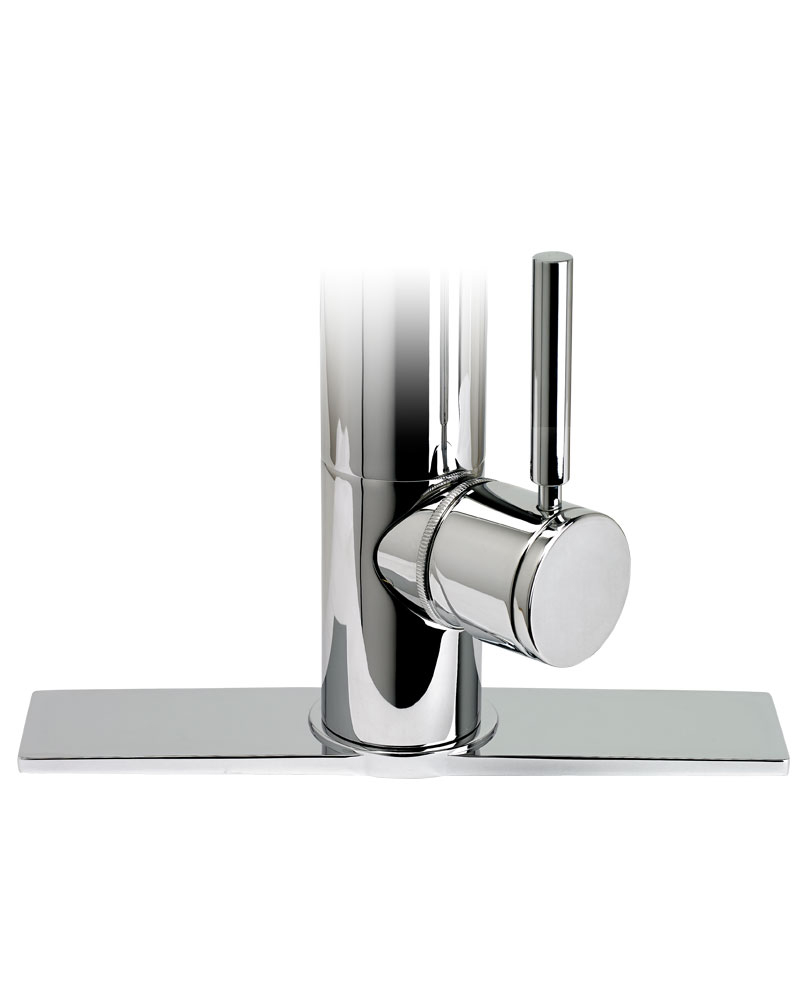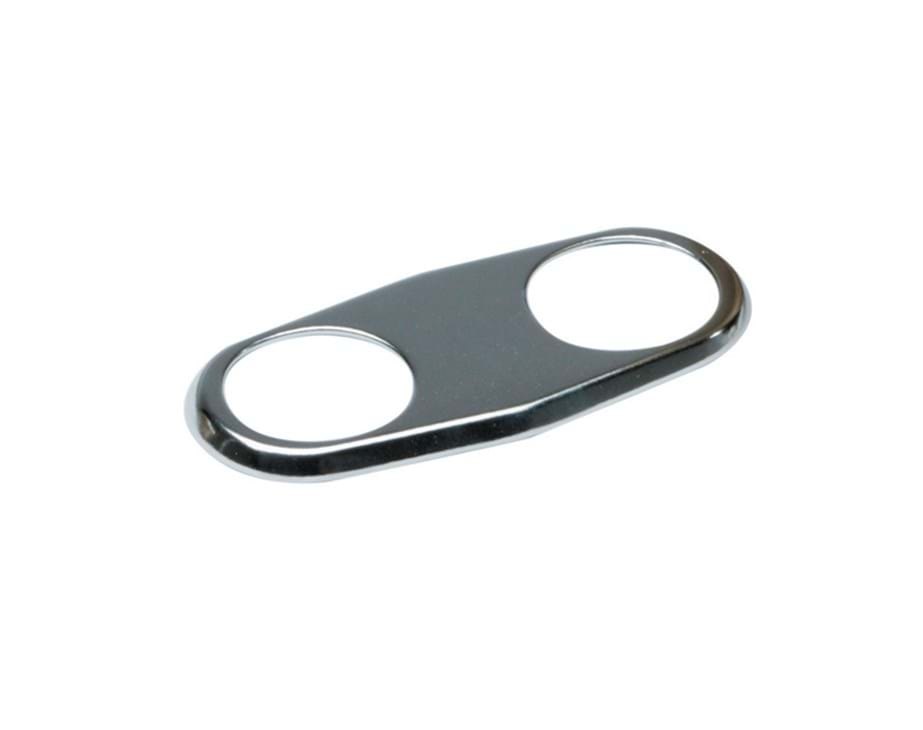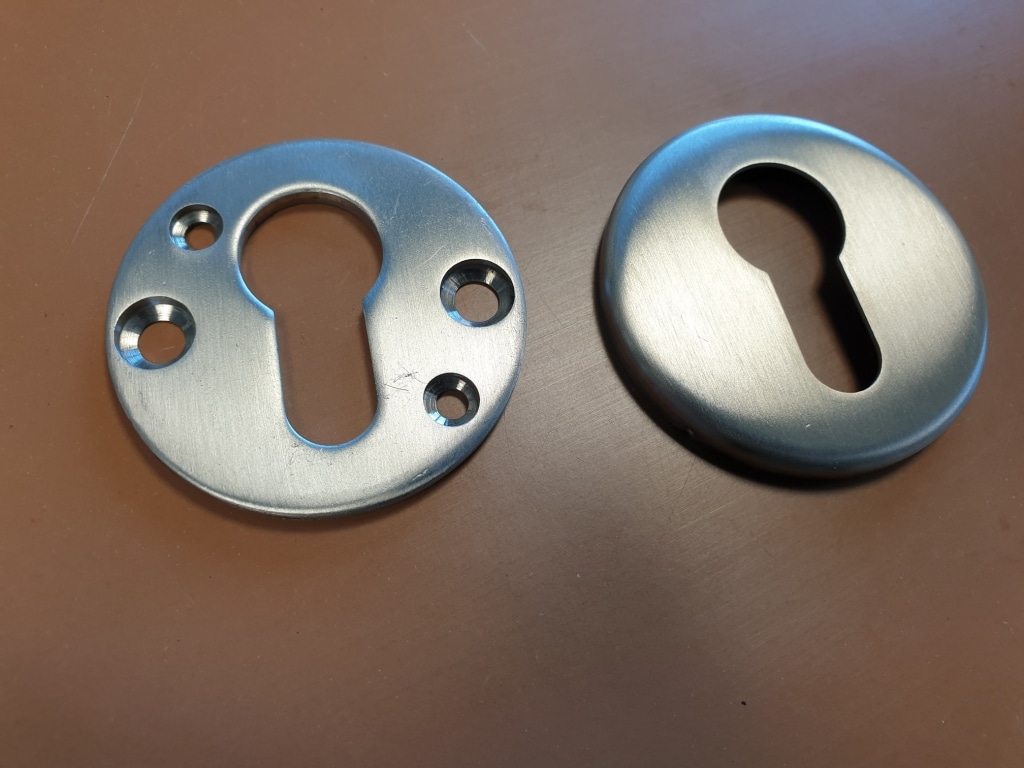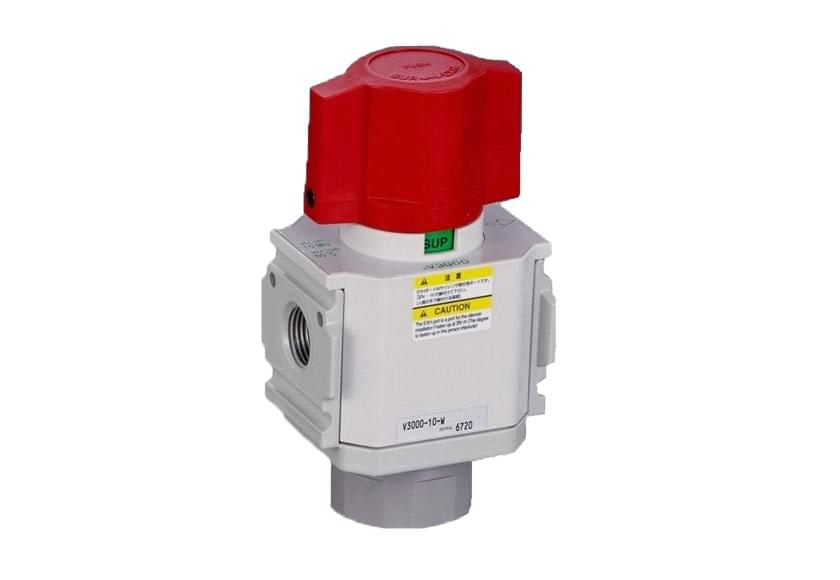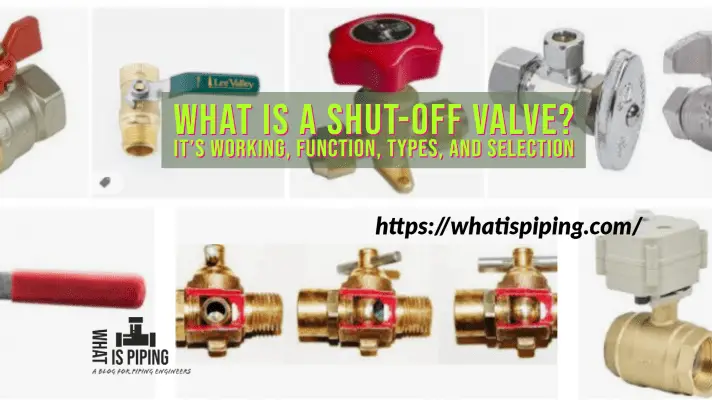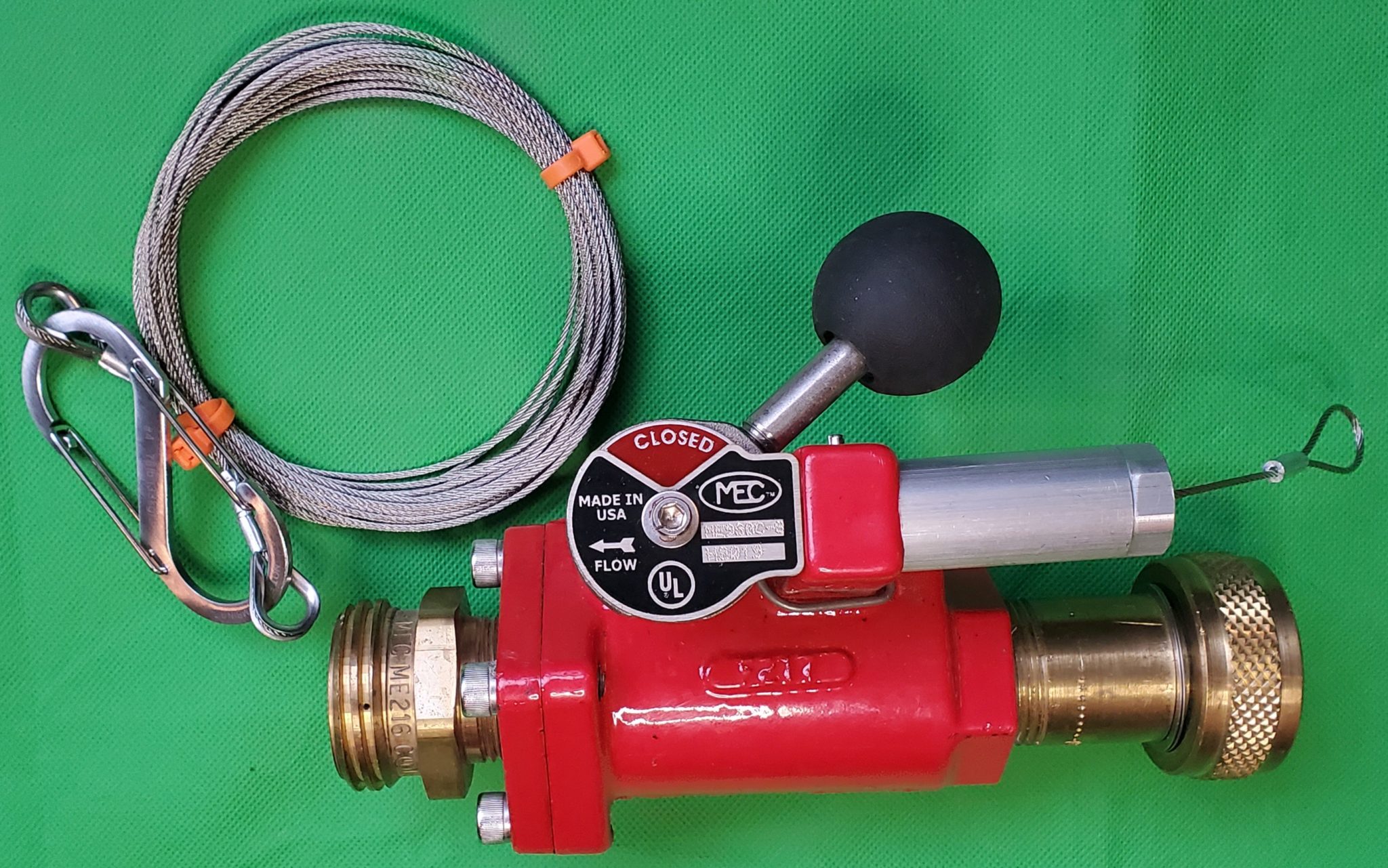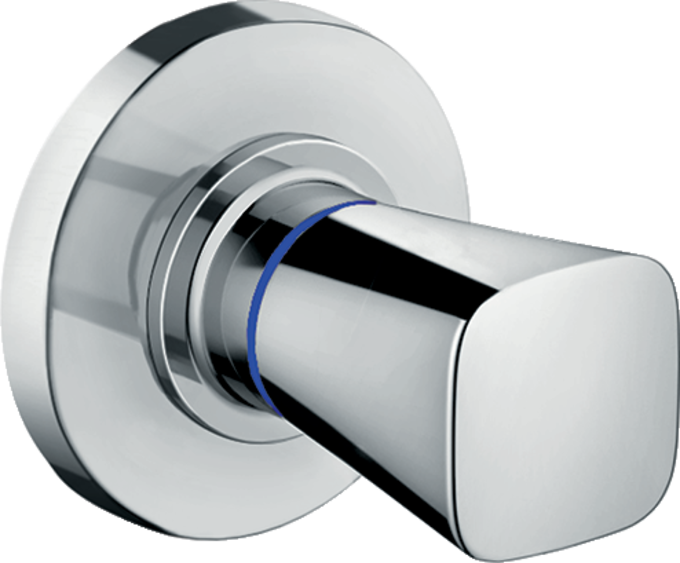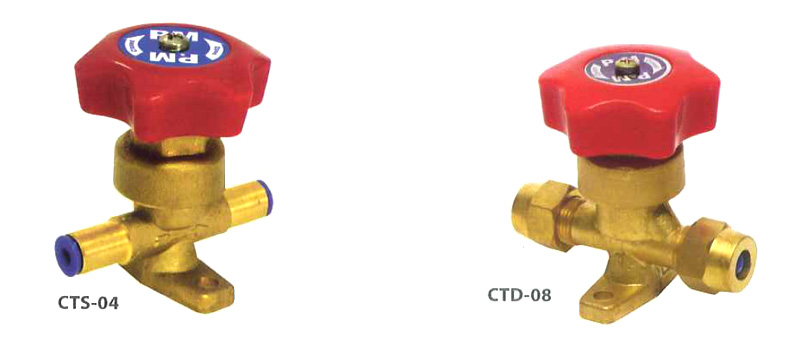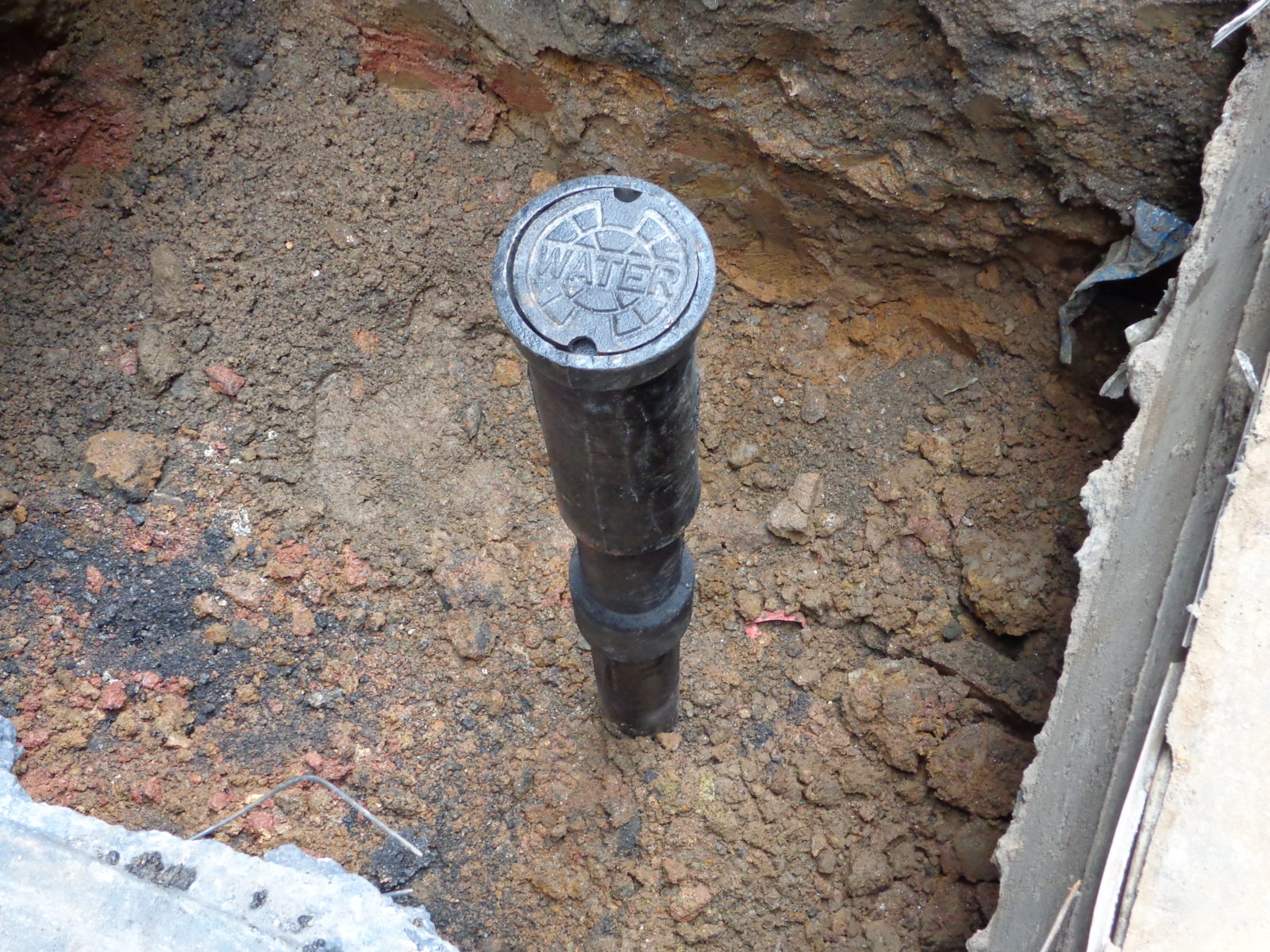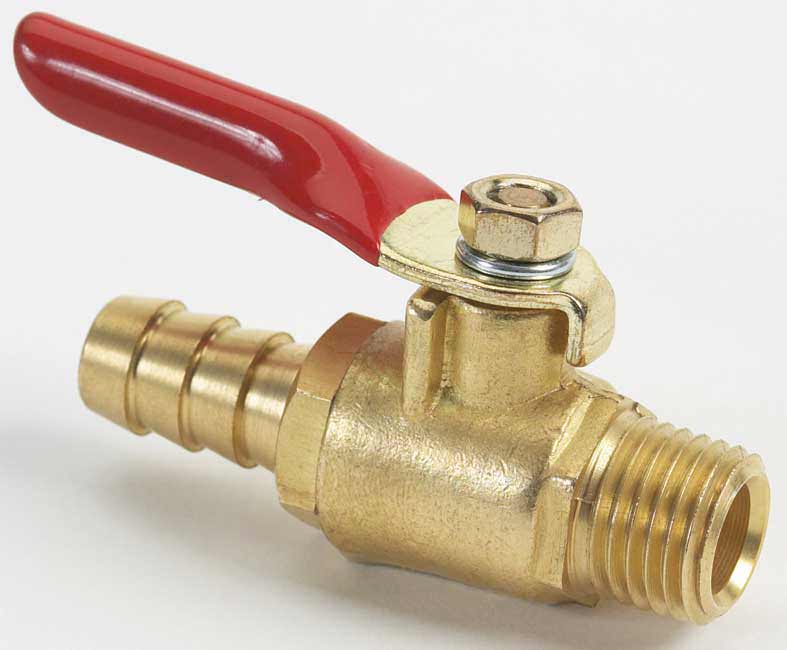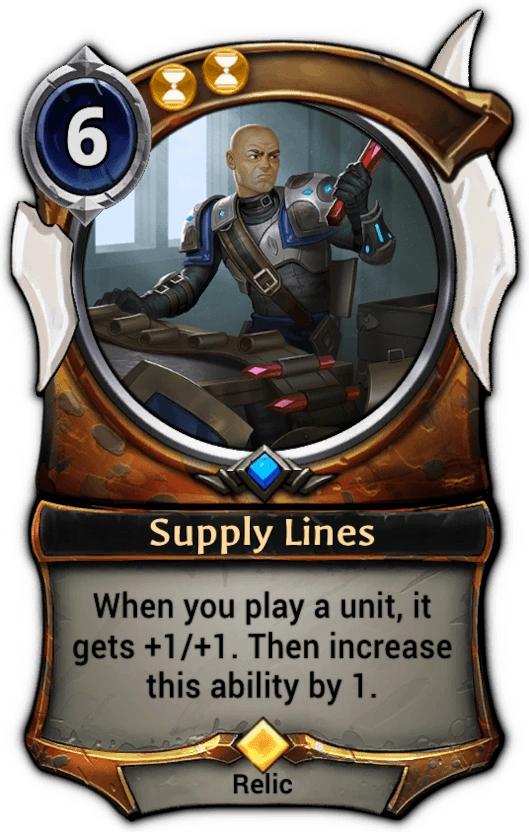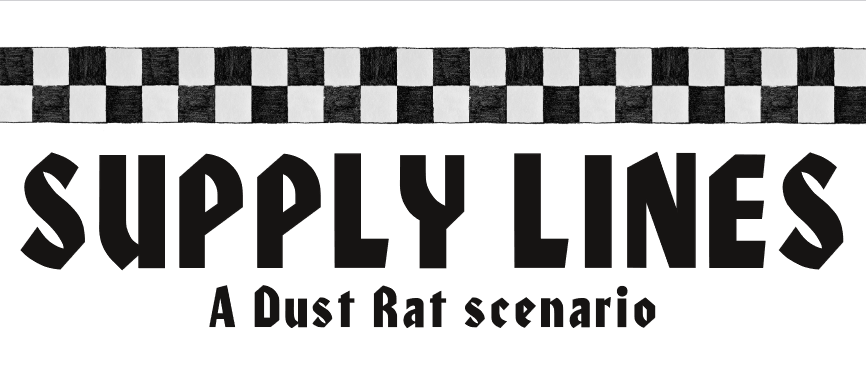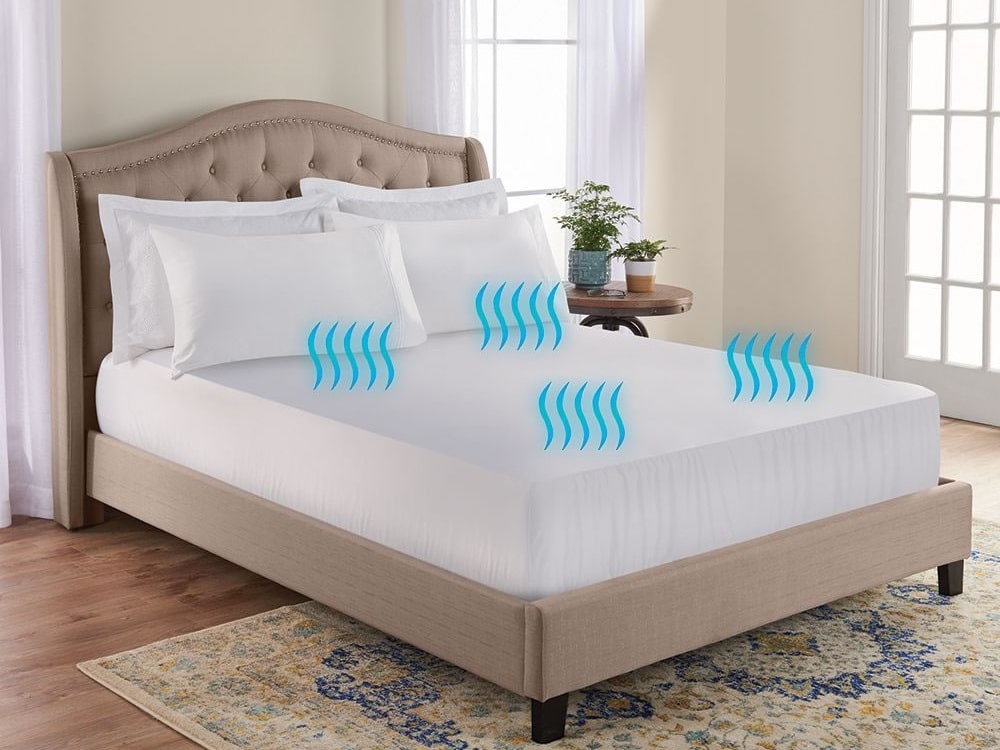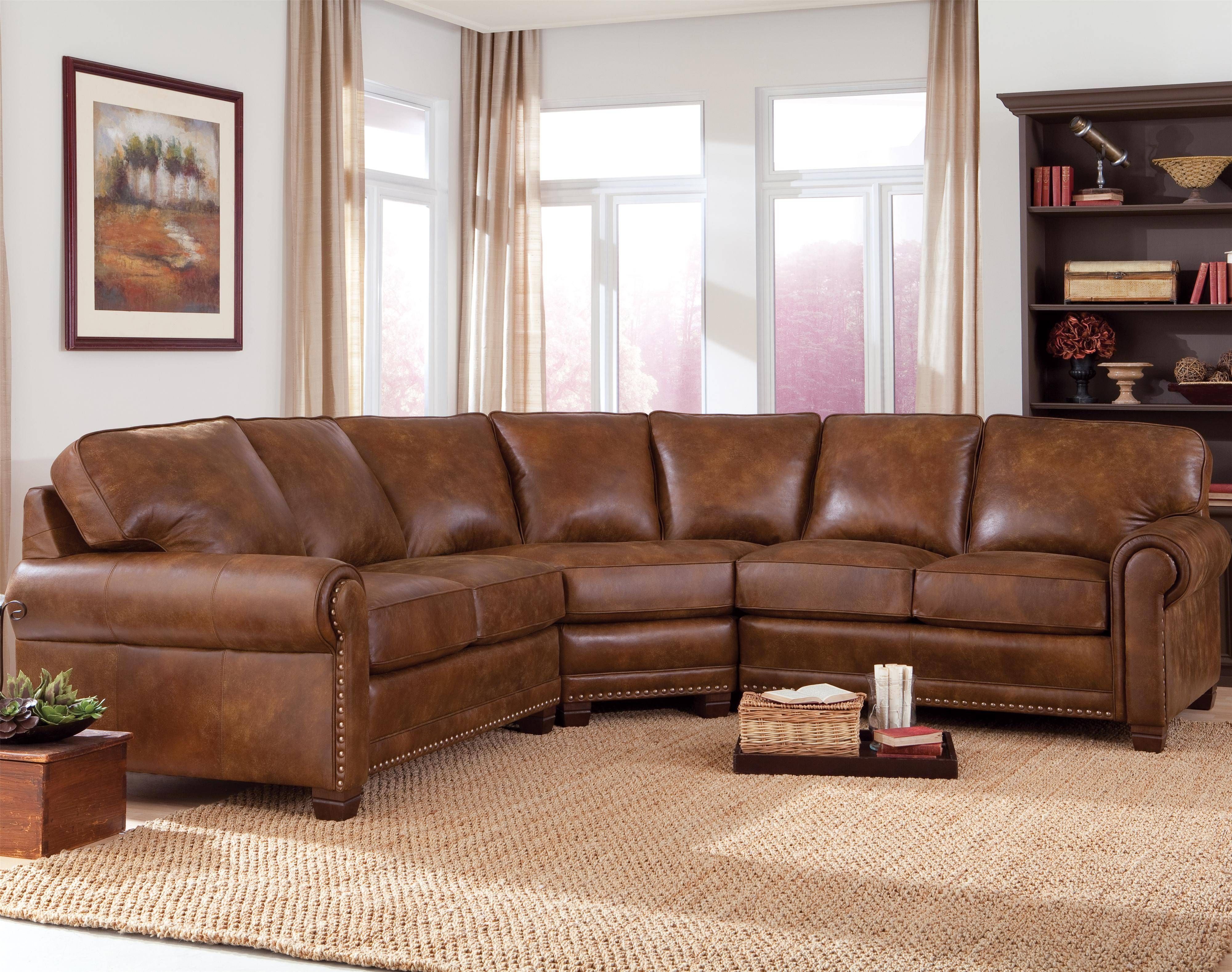The sink strainer is an essential plumbing part under the kitchen sink that helps prevent clogs and blockages. It is usually made of metal or plastic and is designed to fit into the opening of the sink drain. The strainer has small holes that allow water to pass through while catching larger debris such as food scraps. It is an inexpensive but crucial component that helps keep your kitchen sink functioning properly.1. Sink Strainer
The P-trap is a curved section of pipe that is shaped like the letter "P" and is found under most kitchen sinks. Its purpose is to trap debris and prevent it from entering the main sewer line. The P-trap also retains a small amount of water, creating a seal that prevents sewer gases from entering your home. It is a vital plumbing part that helps keep your kitchen smelling fresh and clean.2. P-Trap
The drain pipe is the main pipe that carries water and waste from the sink to the sewer or septic tank. It is usually made of PVC or metal and is connected to the P-trap and the sink strainer. The drain pipe is responsible for carrying away all the dirty water and preventing it from flowing back into your sink. Without a functioning drain pipe, your kitchen sink would quickly become unusable.3. Drain Pipe
The basket strainer is another type of strainer that is used in kitchen sinks. It is installed inside the sink drain and is usually removable for easy cleaning. The basket strainer has a basket-shaped design that catches larger particles, preventing them from entering the drain pipe. It is a useful plumbing part that helps keep your kitchen sink free from clogs and blockages.4. Basket Strainer
The tailpiece is a short pipe that connects the sink strainer to the P-trap. It is usually made of metal and is designed to be adjustable, allowing it to fit different sink sizes and heights. The tailpiece helps create a tight connection between the strainer and the P-trap, preventing leaks and ensuring proper drainage. It is an essential plumbing part that is often overlooked but plays a significant role in keeping your kitchen sink functioning smoothly.5. Tailpiece
The coupling nut is a small but crucial part that is used to connect two pieces of pipe together. It is usually made of metal and has threads that allow it to be easily screwed onto a pipe. The coupling nut is often used to connect the tailpiece to the drain pipe, creating a secure and watertight connection. It is an essential plumbing part that helps keep your kitchen sink free from leaks.6. Coupling Nut
The slip joint washer is a small rubber or plastic washer that is used in conjunction with the coupling nut. It is placed between the coupling nut and the tailpiece to create a tight seal and prevent leaks. The slip joint washer is designed to be flexible and can accommodate slight variations in pipe sizes, making it a versatile plumbing part that is commonly used under kitchen sinks.7. Slip Joint Washer
The escutcheon plate is a decorative cover that is used to conceal the hole in the sink or countertop where the faucet is installed. It is usually made of metal or plastic and comes in various shapes and sizes to fit different faucet designs. The escutcheon plate not only adds a finishing touch to your kitchen sink but also helps prevent water from leaking into the space below.8. Escutcheon Plate
The shut-off valve is a small valve that is installed on the water supply line under the kitchen sink. Its purpose is to control the flow of water to the sink, allowing you to turn off the water supply in case of a leak or plumbing emergency. The shut-off valve is a useful plumbing part that can save you from a lot of potential water damage and headaches.9. Shut-Off Valve
The supply lines are the pipes that connect the shut-off valve to the faucet. They are usually made of flexible plastic or braided metal and come in different lengths to fit various sink and faucet installations. The supply lines are responsible for delivering water to your faucet, and it is essential to ensure that they are in good condition to prevent leaks or bursts. Regularly checking and replacing old supply lines can save you from potential water damage and costly repairs. In conclusion, the plumbing parts under a kitchen sink may seem insignificant, but they play a crucial role in keeping your sink and plumbing system functioning properly. Regular maintenance and upkeep of these parts can save you from potential plumbing emergencies and costly repairs. So next time you're doing dishes, take a moment to appreciate these essential and often overlooked plumbing parts that make your kitchen sink work like a charm.10. Supply Lines
The Importance of Plumbing Parts Under a Kitchen Sink

Maintaining a Functional and Efficient Kitchen
/how-to-install-a-sink-drain-2718789-hero-24e898006ed94c9593a2a268b57989a3.jpg) When it comes to designing a house, the kitchen is often considered the heart of the home. It is where meals are prepared, family gatherings take place, and memories are made. As such, it is crucial to ensure that every aspect of the kitchen is functional and efficient. This includes the
plumbing parts under the kitchen sink
, which play a vital role in maintaining a well-functioning kitchen. Let's take a closer look at the importance of these
plumbing parts
and how they contribute to the overall design of a house.
When it comes to designing a house, the kitchen is often considered the heart of the home. It is where meals are prepared, family gatherings take place, and memories are made. As such, it is crucial to ensure that every aspect of the kitchen is functional and efficient. This includes the
plumbing parts under the kitchen sink
, which play a vital role in maintaining a well-functioning kitchen. Let's take a closer look at the importance of these
plumbing parts
and how they contribute to the overall design of a house.
Water Supply and Drainage System
 The
plumbing parts under a kitchen sink
consist of various components that make up the water supply and drainage system. These include pipes, valves, and faucets, among others. These parts work together to provide a steady supply of clean water for cooking and cleaning, as well as a way to dispose of dirty water. Without these essential parts, a kitchen would not be able to function properly, and everyday tasks such as washing dishes or cooking would become a challenge.
The
plumbing parts under a kitchen sink
consist of various components that make up the water supply and drainage system. These include pipes, valves, and faucets, among others. These parts work together to provide a steady supply of clean water for cooking and cleaning, as well as a way to dispose of dirty water. Without these essential parts, a kitchen would not be able to function properly, and everyday tasks such as washing dishes or cooking would become a challenge.
Preventing Water Damage and Leaks
 Another crucial role that
plumbing parts
play in a kitchen is preventing water damage and leaks. The pipes under the sink are responsible for carrying water to and from the sink, and any damage or leaks in these pipes can lead to water damage, which can be costly and time-consuming to fix. That is why it is essential to regularly check and maintain these
plumbing parts
to avoid any potential issues.
Another crucial role that
plumbing parts
play in a kitchen is preventing water damage and leaks. The pipes under the sink are responsible for carrying water to and from the sink, and any damage or leaks in these pipes can lead to water damage, which can be costly and time-consuming to fix. That is why it is essential to regularly check and maintain these
plumbing parts
to avoid any potential issues.
Enhancing the Aesthetic of the Kitchen
 In addition to their functional purposes,
plumbing parts
can also enhance the aesthetic of a kitchen. Nowadays, there are various styles and designs of faucets and other
plumbing parts
available in the market, allowing homeowners to choose ones that complement their kitchen's overall design. These parts can add a touch of elegance or modernity to a kitchen, making it not just functional but also visually appealing.
In addition to their functional purposes,
plumbing parts
can also enhance the aesthetic of a kitchen. Nowadays, there are various styles and designs of faucets and other
plumbing parts
available in the market, allowing homeowners to choose ones that complement their kitchen's overall design. These parts can add a touch of elegance or modernity to a kitchen, making it not just functional but also visually appealing.
Final Thoughts
 In conclusion,
plumbing parts under a kitchen sink
may seem like small and insignificant components, but they play a crucial role in the overall design and functionality of a house. From providing a steady water supply and efficient drainage system to preventing water damage and enhancing the kitchen's aesthetic, these parts are essential for a well-designed and fully functional kitchen. Therefore, it is crucial to invest in quality
plumbing parts
and regularly maintain them to ensure the smooth operation of your kitchen.
In conclusion,
plumbing parts under a kitchen sink
may seem like small and insignificant components, but they play a crucial role in the overall design and functionality of a house. From providing a steady water supply and efficient drainage system to preventing water damage and enhancing the kitchen's aesthetic, these parts are essential for a well-designed and fully functional kitchen. Therefore, it is crucial to invest in quality
plumbing parts
and regularly maintain them to ensure the smooth operation of your kitchen.



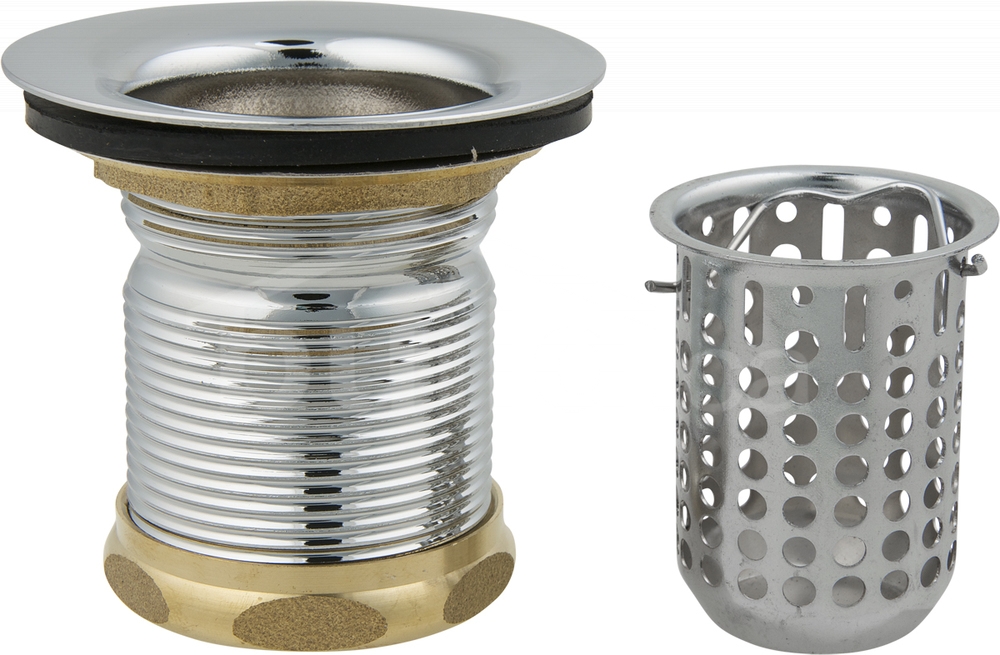



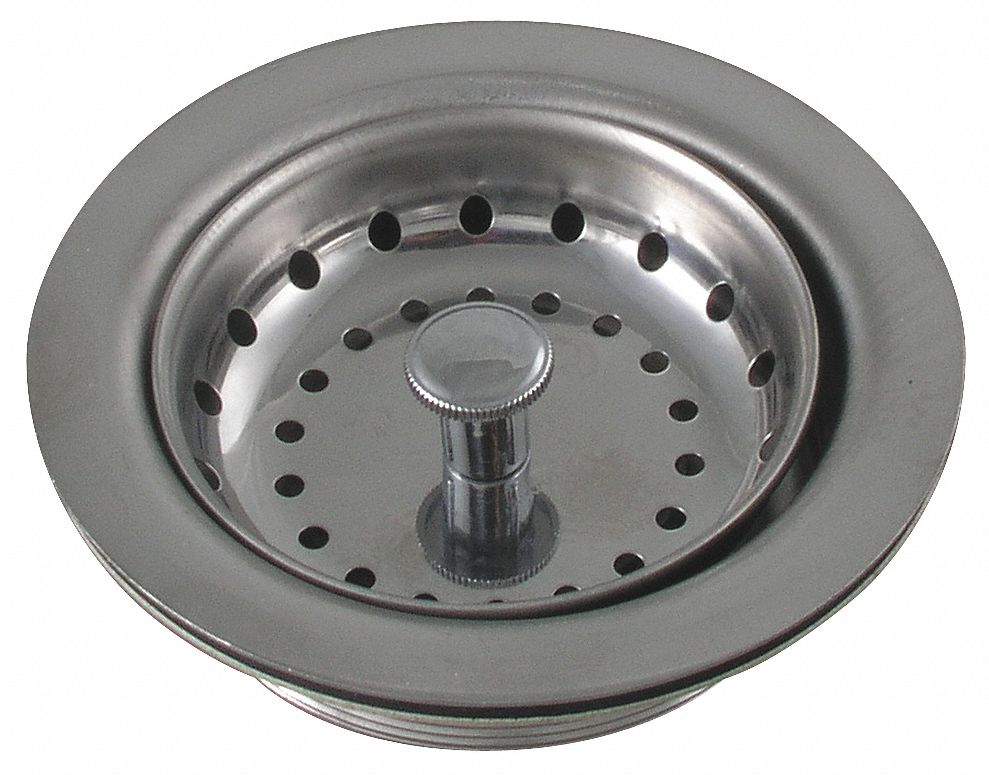








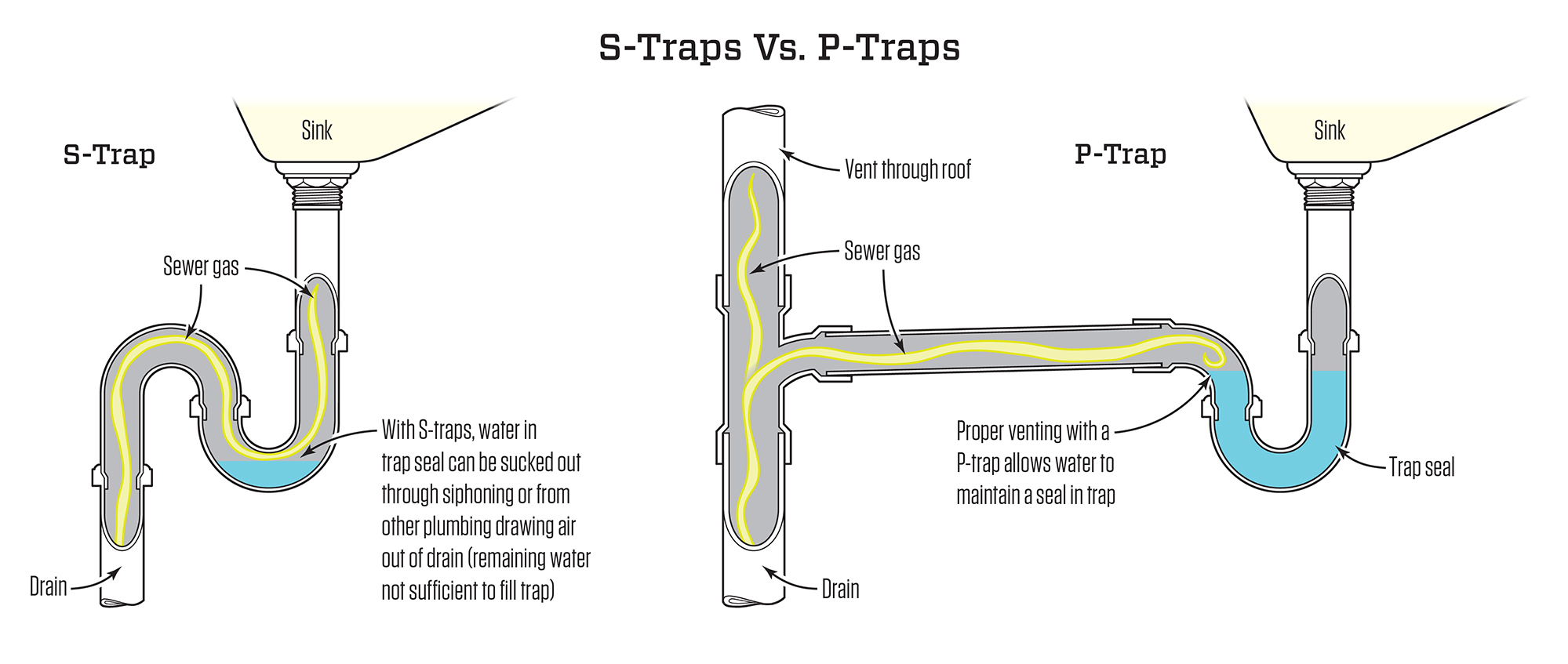




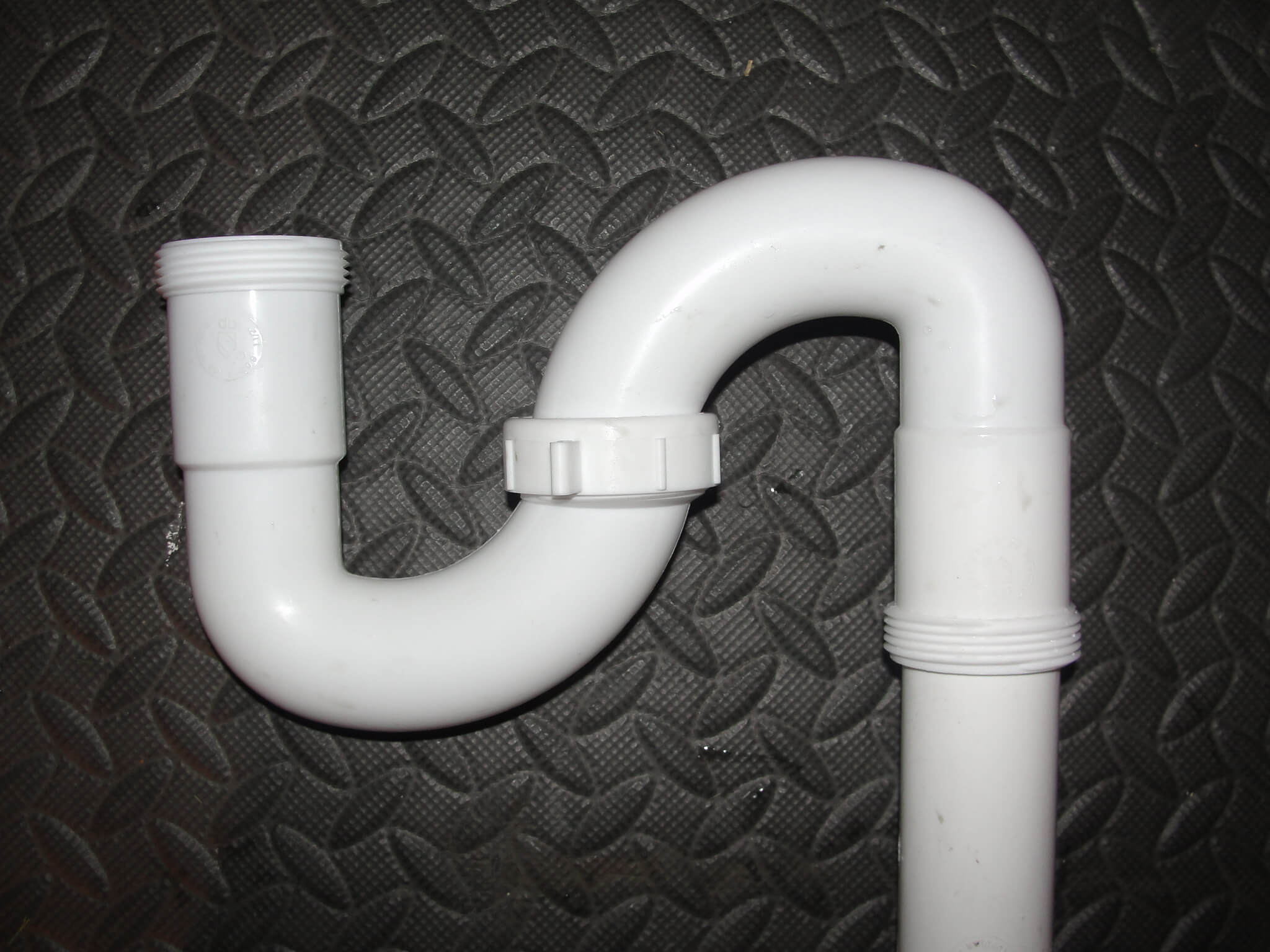


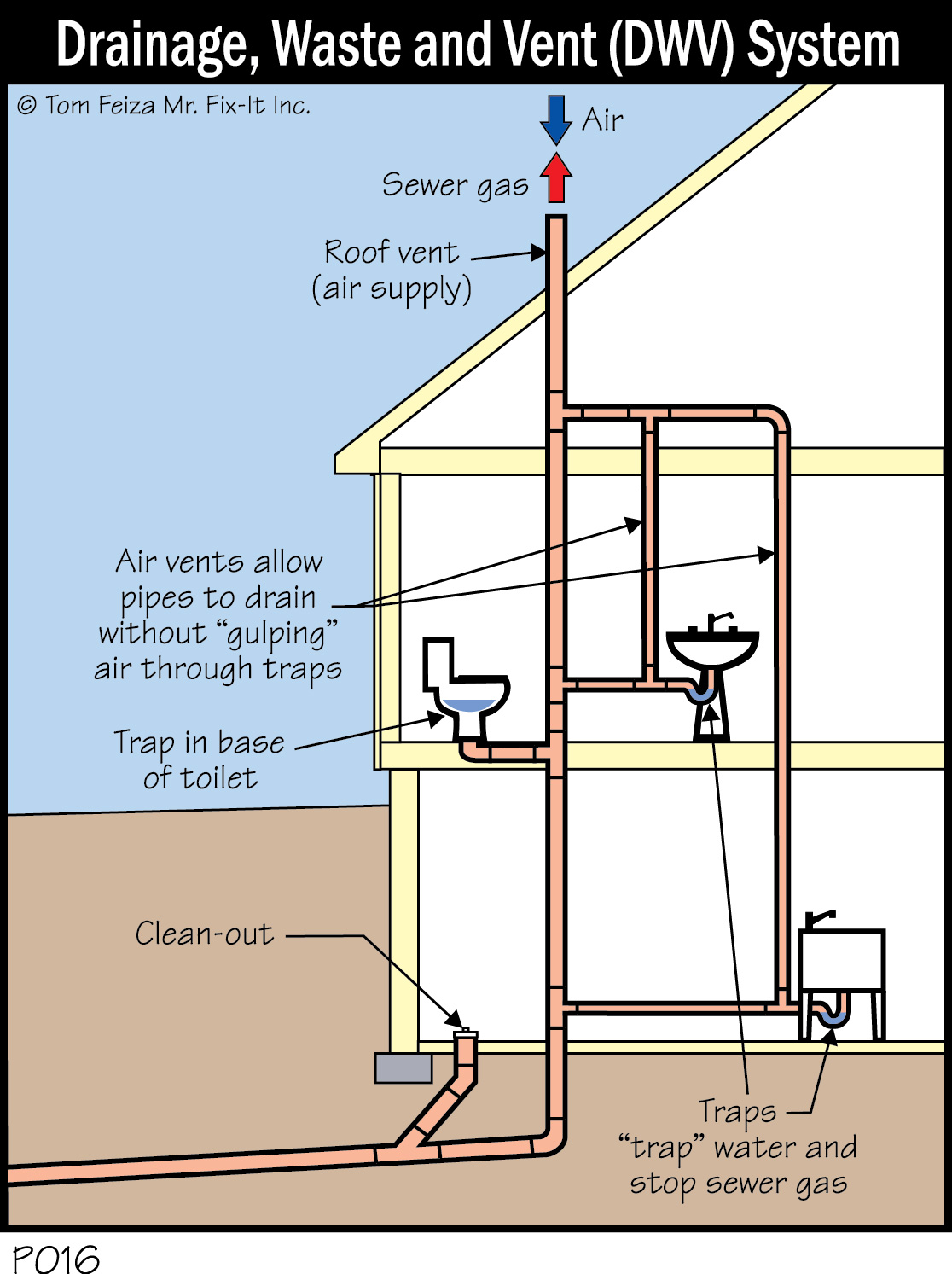

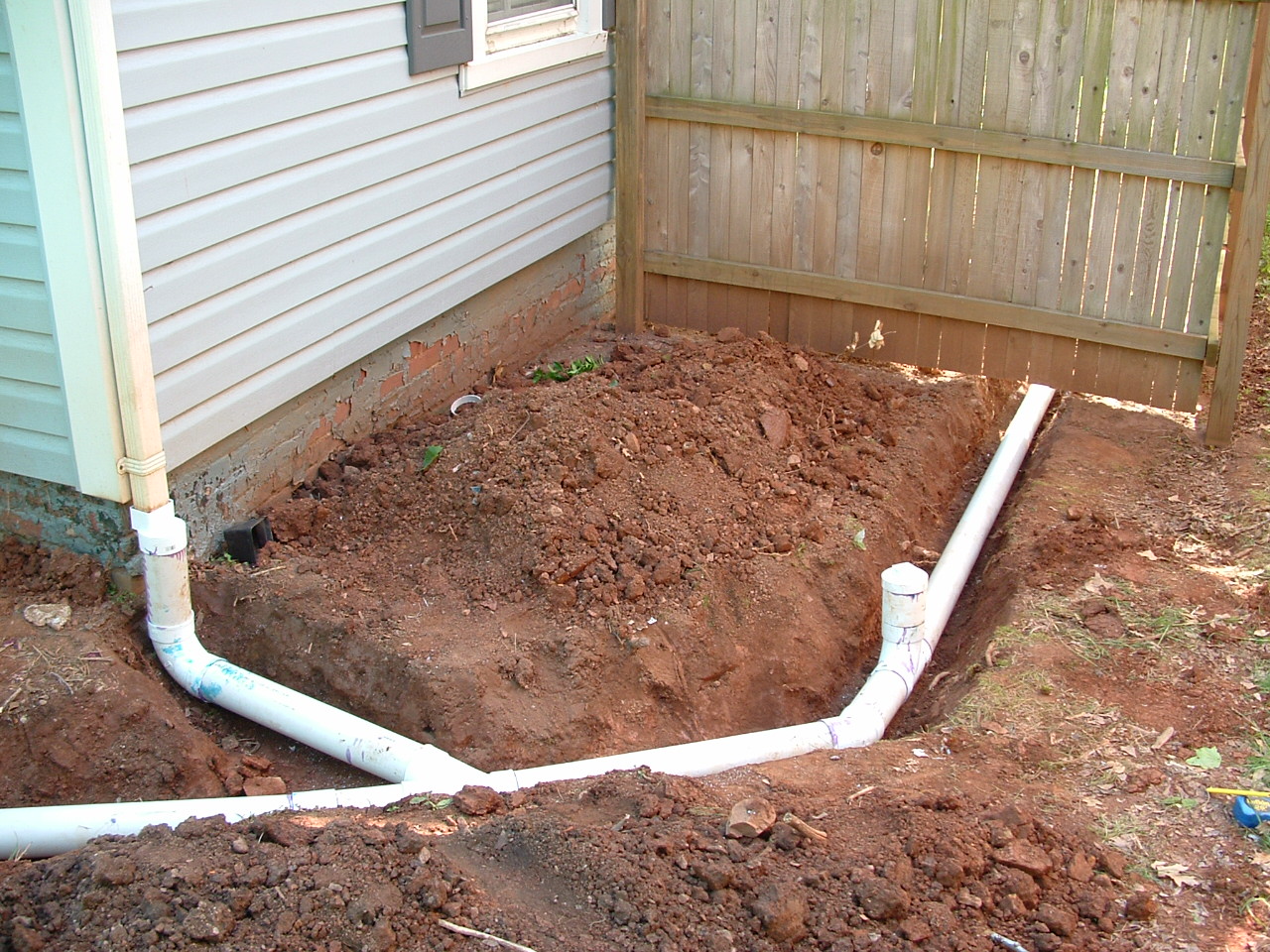

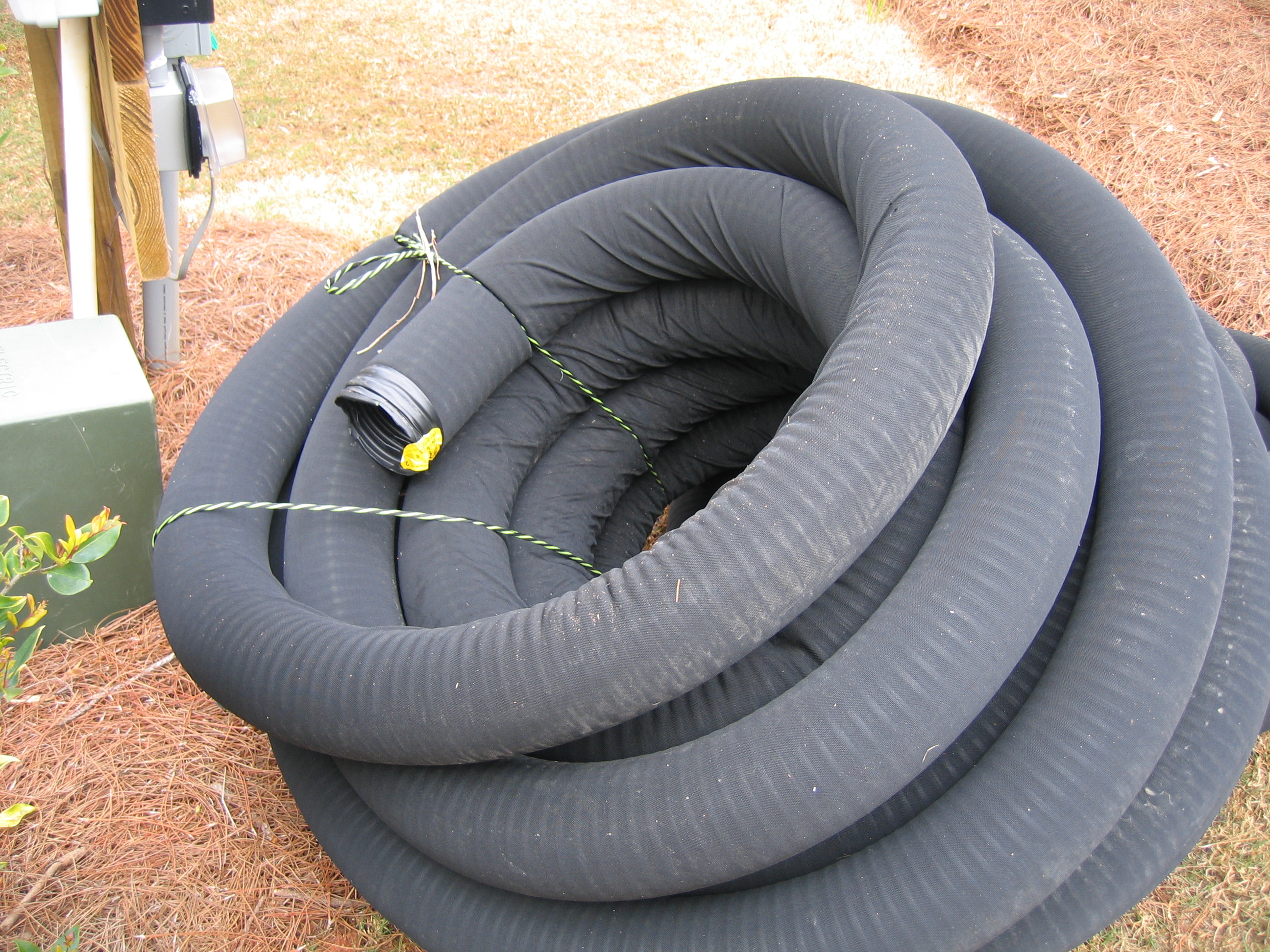
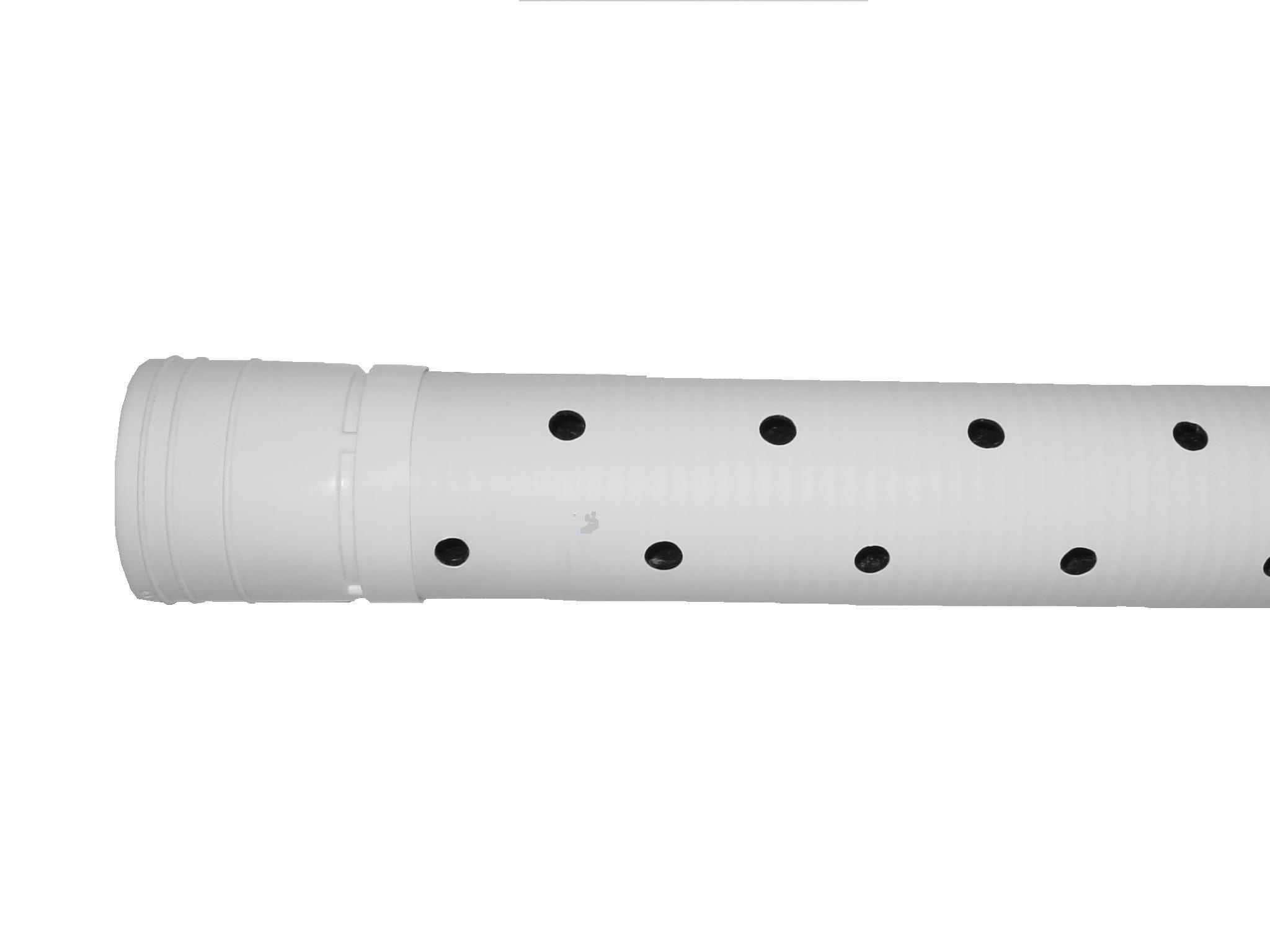


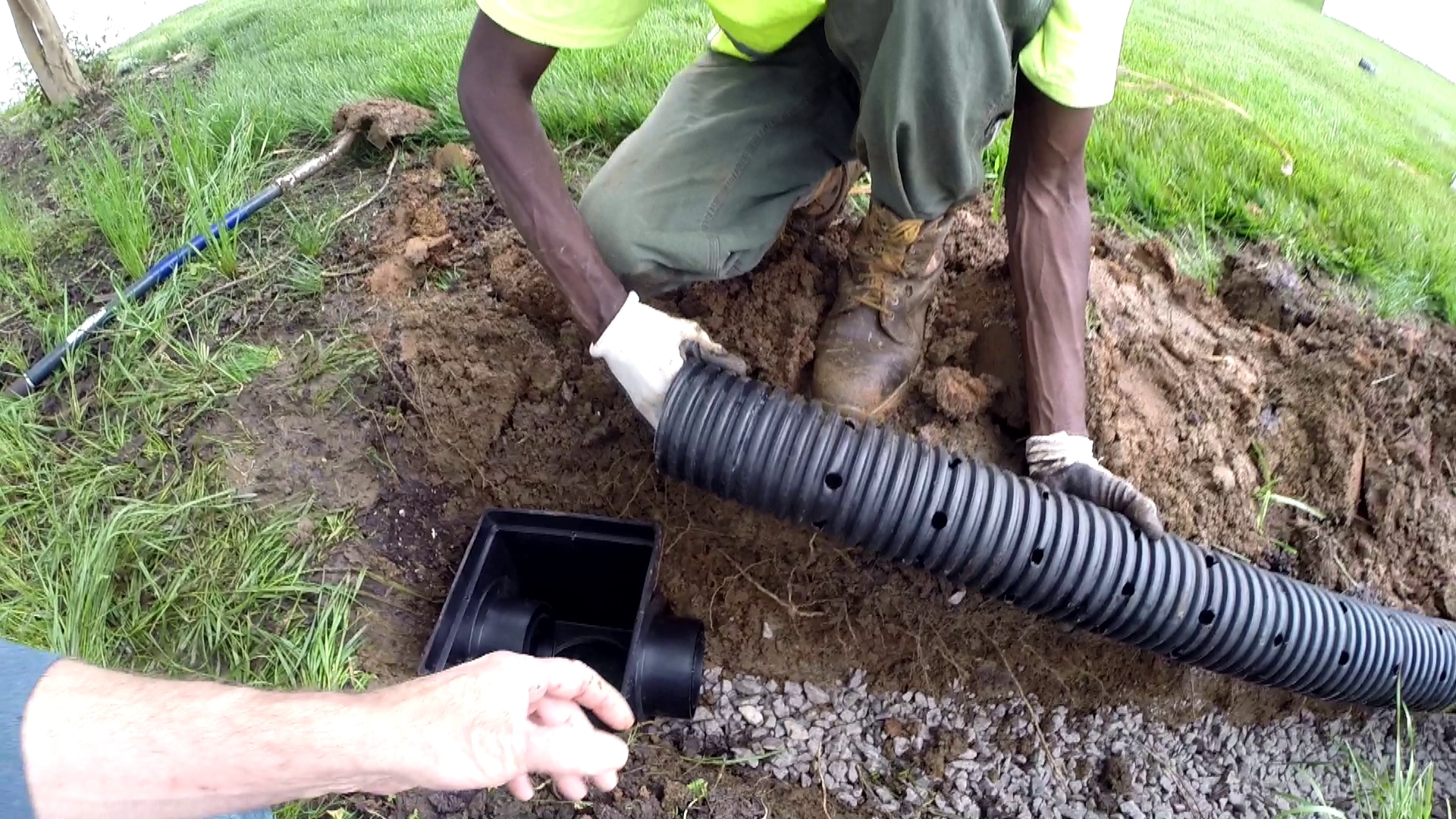
:max_bytes(150000):strip_icc()/how-to-install-a-sink-drain-2718789-hero-24e898006ed94c9593a2a268b57989a3.jpg)



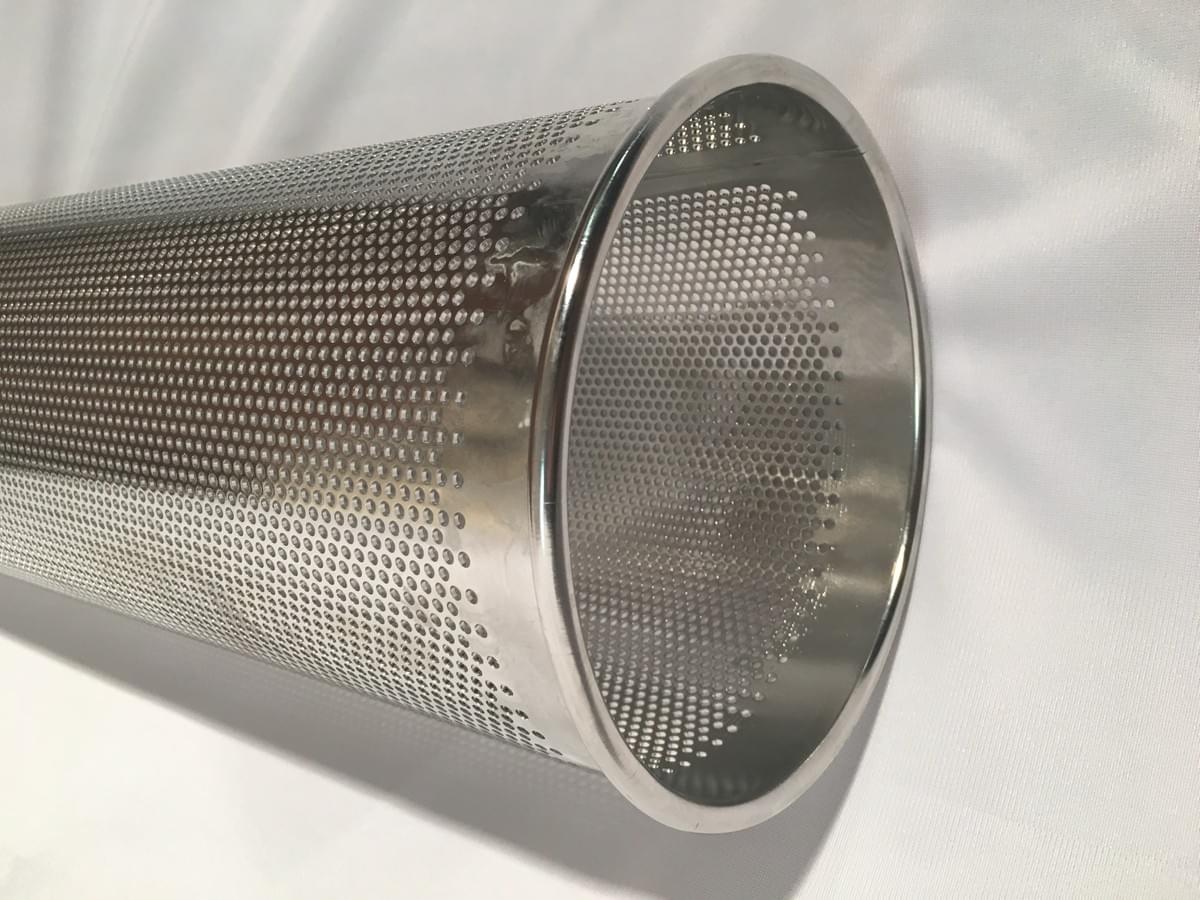


.jpg)

